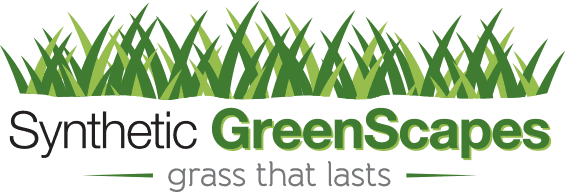Lush, green lawns are the epitome of a well-kept home, but the age-old debate between artificial and natural grass continues to divide homeowners. Both options have their merits and drawbacks, making the decision a bit more complex than simply choosing between real or fake. Let's delve into the nuances of each to help you make an informed decision for your lawn.
The Aesthetics
Natural Grass: The appeal of natural grass lies in its organic, soft texture and vibrant, ever-changing shades of green. It can lend a timeless, traditional look to your home, evolving with the seasons and weather conditions.
Artificial Grass: Designed to mimic the real thing, artificial grass has come a long way in terms of appearance. High-quality artificial turf now closely resembles natural grass, maintaining a consistent green hue throughout the year, regardless of weather or climate.
Maintenance
Natural Grass: Maintaining a natural lawn requires regular upkeep. This includes mowing, watering, fertilizing, and pest control. It demands time, effort, and resources, especially in harsh climates where it may struggle to thrive.
Artificial Grass: Once installed, artificial turf demands minimal maintenance. No mowing, watering, or fertilizing is necessary. However, occasional cleaning to remove debris and the need to brush the fibers to maintain their upright position are essential to preserve its appearance.
Durability
Natural Grass: A well-cared-for natural lawn can be resilient, but it's susceptible to damage from heavy use, extreme weather conditions, pests, and diseases. It might require reseeding or re-sodding in high-traffic areas or after harsh winters.
Artificial Grass: Designed to withstand heavy use and varying weather conditions, artificial turf is highly durable. It doesn’t easily succumb to wear and tear, making it an excellent choice for areas with high foot traffic, pets, or adverse weather conditions.
Cost
Natural Grass: Initially, natural grass might seem more affordable in terms of installation. However, the ongoing costs of maintenance, including water bills, fertilizers, and equipment, can add up significantly over time.
Artificial Grass: While the upfront cost of artificial grass installation can be higher, the long-term savings on maintenance costs can balance this out. It also adds value to the property, and some regions offer rebates or incentives for installing water-saving turf.
Environmental Impact
Natural Grass: Maintaining a natural lawn consumes water, pesticides, and fertilizers, contributing to water waste and environmental pollution. However, it provides oxygen, helps with soil erosion, and supports biodiversity.
Artificial Grass: While it requires no watering or harmful pesticides, artificial turf is not biodegradable and can contribute to heat buildup in urban areas. Its production involves non-renewable resources, making it less environmentally friendly than natural grass.
Choosing between artificial and natural grass ultimately depends on your priorities, lifestyle, and environmental considerations. Natural grass offers a traditional charm and environmental benefits but demands regular maintenance and resources. On the other hand, artificial grass provides low maintenance and durability but raises concerns about environmental impact and aesthetics.
Consider your preferences, the climate of your region, maintenance capabilities, and long-term financial implications when making this decision. Whether it's the timeless allure of natural grass or the convenience of artificial turf, the choice should align with your needs and values for a beautiful, sustainable lawn.
If you're considering installing artificial or natural grass in Richardson, TX, Synthetic GreenScapes is here to help. We offer professional landscaping services, including artificial grass installation and natural grass maintenance. Contact us today to learn more about our services and how we can help you create the lawn of your dreams.

